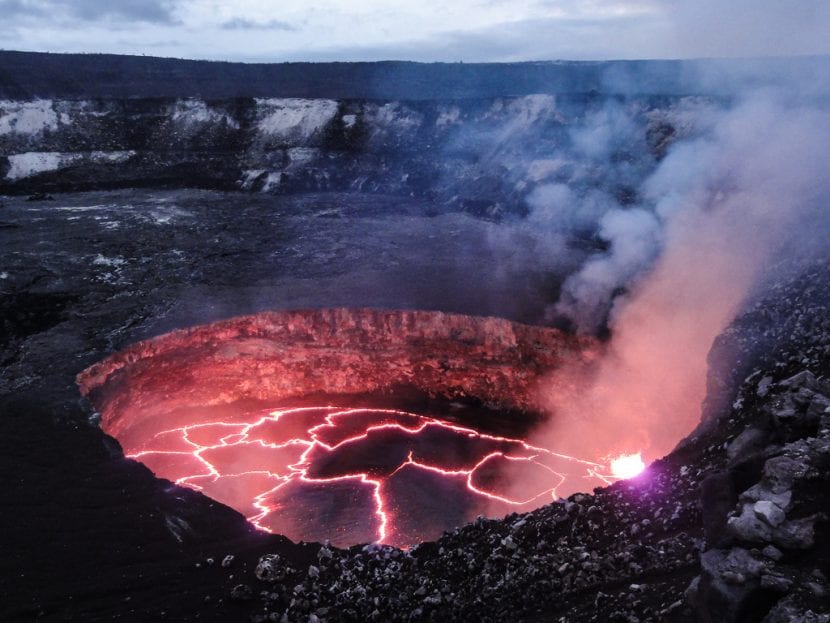
Kilauea volcano lava lake.
Volcanoes are incredible formations that in the same way that they can create entire continents or islands, they can destroy everything in a single awakening. In fact, volcanologists have their eyes on the Yellowstone supervolcano, because when it erupts (which it will, sooner or later), life on Earth will never be the same again.
Despite the danger, they do not cease to amaze us. They are a holdover from the past, when the planet was forming. Active volcanoes are a natural spectacle that is very interesting to see, but always from a safe distance. Would you like to know what there are?
Main active volcanoes in the world
Barcena

Bárcena is the name given to one of the active volcanoes in Mexico. It is located in the Revillagigedo archipelago, 350 kilometers south of Baja California Sur, on San Benedicto Island, one of the main tourist attractions in the country.
The first recorded eruption took place on August 1, 1952, the day the volcano was born, expelling a column of ash that exceeded 3000 meters in height.
Eyjafjallajokull

Eyjafjallajökull is a 1666-meter-high stratovolcano whose caldera is covered with ice for much of the year. It is located in southern Iceland, and has been active for about 8.000 years2010 being the most recent year it erupted.
The April 14 expelled about 250 million cubic meters of volcanic ash, reaching a height of eleven kilometers and spreading over an area of thousands of square kilometers, which it's forced to cancel more than 20.000 flights.
Etna
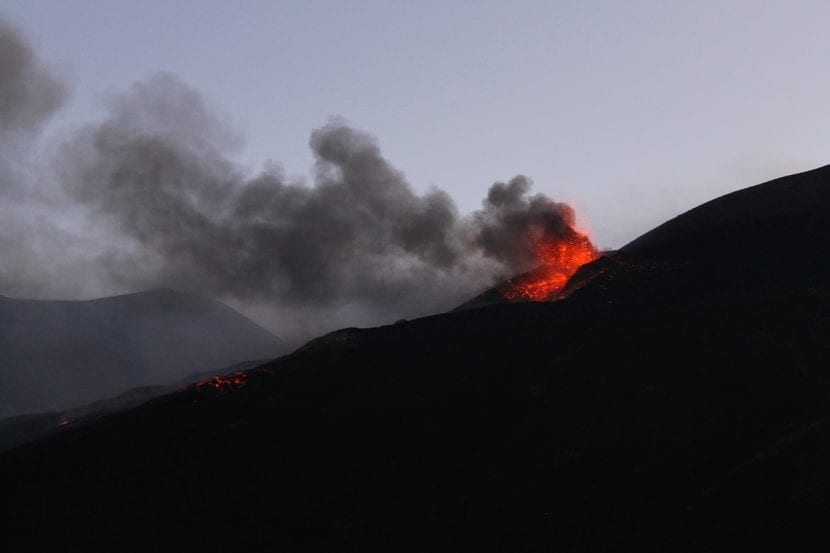
Etna (east coast of Sicily, Italy), is the highest active volcano in Europe. It is about 3,329m tall, and it is believed that its eruptive stage began 500.000 years ago. It's amazing, so much so that UNESCO declared it a World Heritage Site in June 2013, and it was also included within the 16 Volcanoes of the Decade by the United Nations.
Since 1600 AD. There have been at least 60 lateral and countless eruptions at the summit, the last in 2008. However, since 1669 it has not caused much trouble. That year instead, during the months of March to July, expelled an estimated 830.000.000 m3 of lava, which forced to abandon the town of Nicolosi.
Galleys
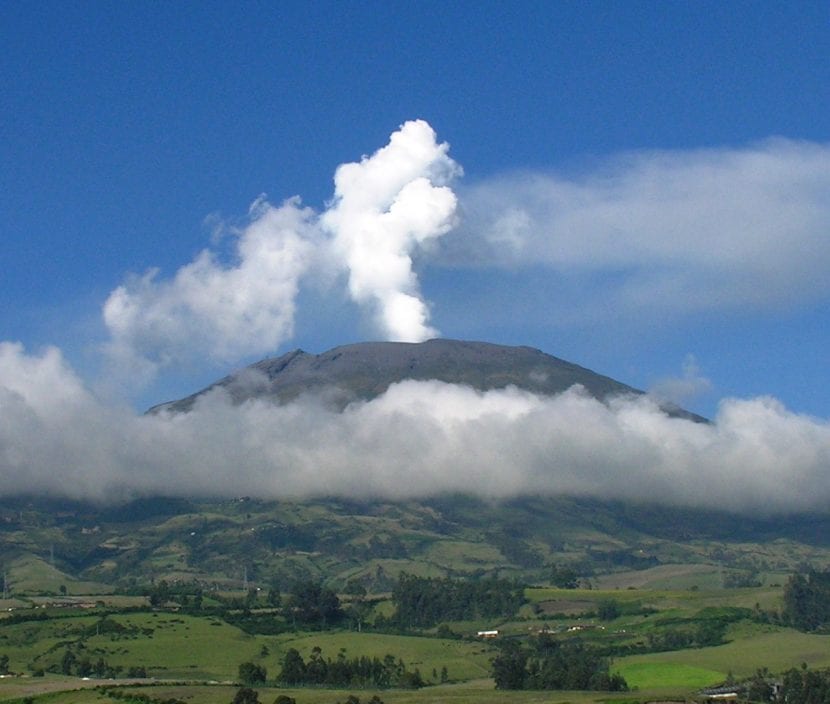
The Galeras volcano is located in Colombia and has a height of 4276 meters. Its eruptions were first recorded in 1580, and the most recent in 1993. It is very dangerous, since it is close to a highly populated city, San Juan de Pasto, which has a total population of 450.815 inhabitants (in 2017).
In recent years it has had several eruptions, such as that of June 7, 2009. That day an ash column approximately eight kilometers high was ejected. Two explosions were reported in the western part of the volcano.
Island of El Hierro
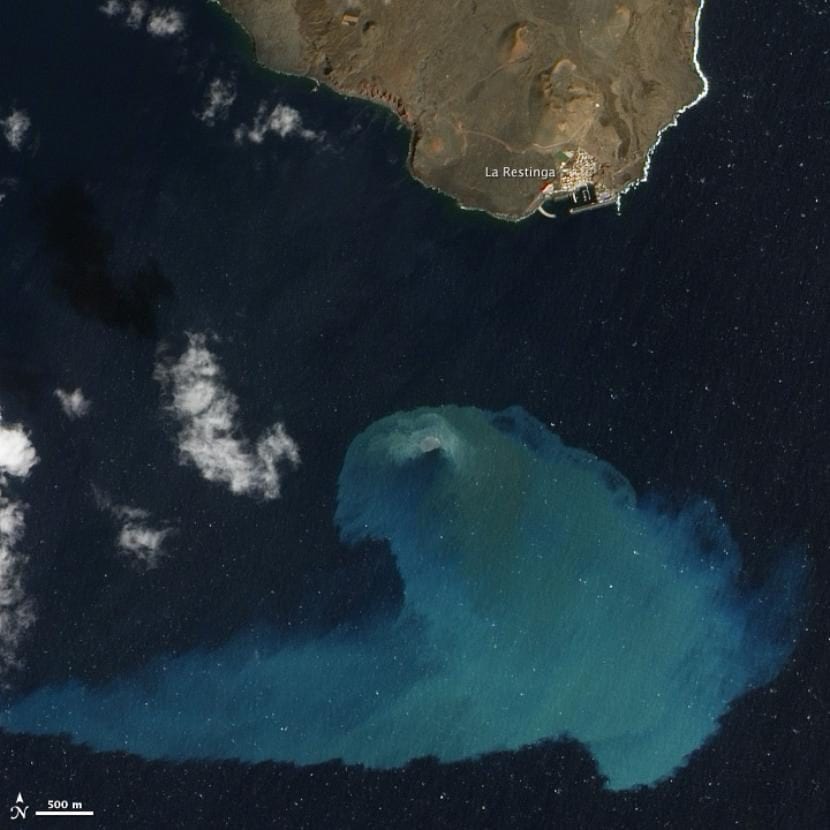
The underwater volcano on the island of El Hierro (Canary Islands, Spain) attracted the attention of scientists in 2011 Due to its eruption, which caused it to eject magmatic material and which caused a series of earthquakes with a magnitude less than 5 on the Richter scale.
As some stones fell and it was anticipated that the intensity and seismic frequency would increase, the authorities evacuated fifty-three people from the towns of El Lunchón, Pie Risco, Los Corchos, part of Las Puntas and Guinea in the municipality of Frontera.
Kilauea
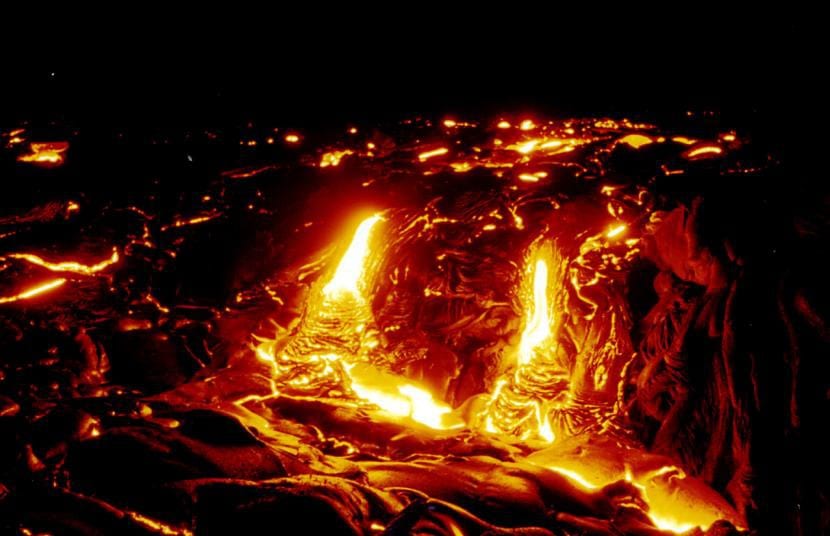
Kilauea (Hawaii) is one of the most active volcanoes in Hawaii and the world. It measures about 1247 meters. It is believed to be between 300.000 and 600.000 years old, and that it emerged from the surface of the water about 100.000 years ago.
The current eruption began more or less in 1970, with its most destructive phase in 1990 when lava flow flooded the nearby town of KalapanaBy then, it destroyed more than 100 houses in just 9 months.
Mount Merapi
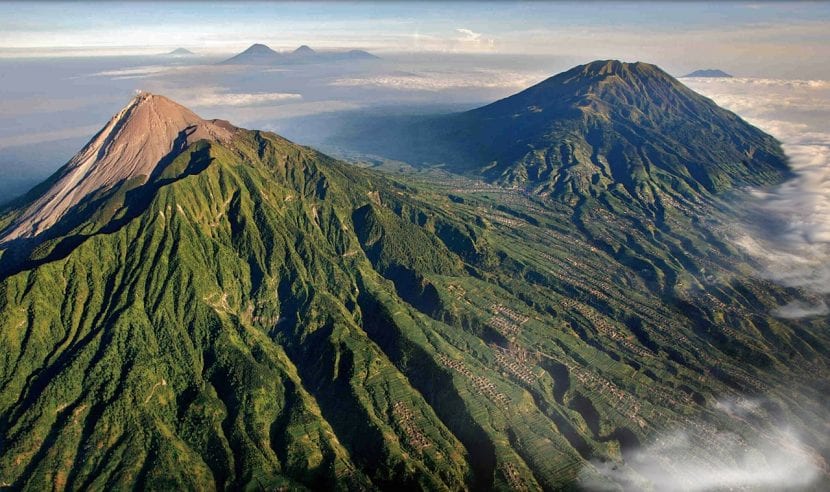
Mount Merapi, known as Mount Fire, is a volcano found in Indonesia. It measures 2911 meters, and is one of the most dangerous on Earth. Since 1548 it has erupted 69 times.
In October of 2010 its eruption triggered a 7.7 magnitude earthquake and a tsunami that killed 272 people.
Mount Nyiragongo
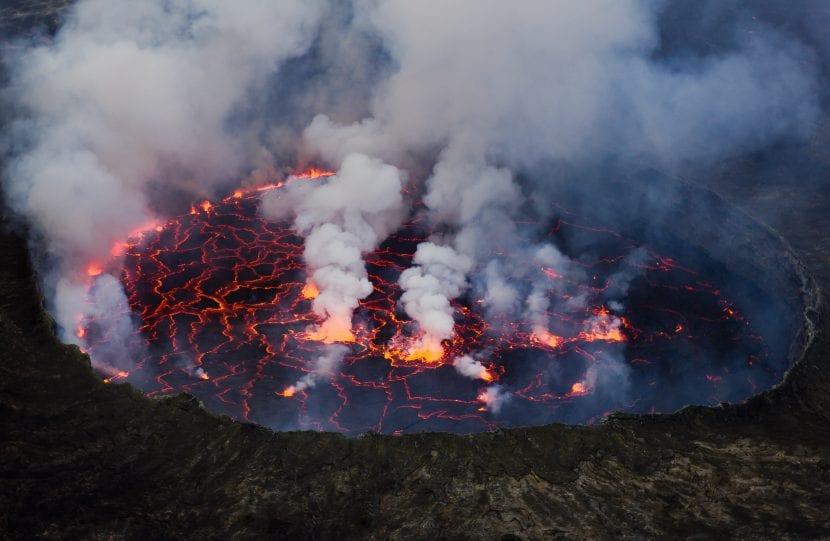
Mount Nyiragongo, located in the Virunga National Park in the Democratic Republic of the Congo) is by far one of the most active on planet Earth. It measures 3470 meters high and in the last 150 years it has registered more than 50 eruptions. Together with the Nyamuragira volcano, it is suspected to have caused 40% of the eruptions that have been recorded in Africa.
When it erupts, it expels lava rapidly, which can reach nearby towns very soon, at a speed of 60km / h. En el 2002, some 300.000 people had to be evacuated.
Mount Saint Helena
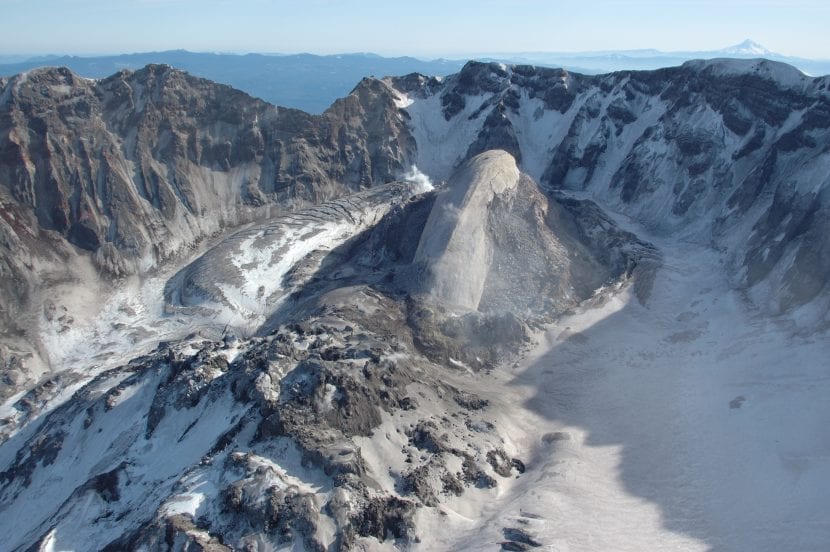
Mount Santa Helena is a stratovolcano that is 2550 meters high. It is located in Skamania County, Washington state. It is one of the best known in North America, since in May 1980 it had an eruption so strong that it was as if they dropped 500 atomic bombs from Hiroshima.
In addition, triggered a 5.1 magnitude earthquake that caused the largest debris avalanche ever recorded on Earth, with a total volume of around 3,3 billion cubic meters.
Vesubio mont

Mount Vesuvius (Italy) is considered one of the most dangerous volcanoes in the world due to its location, since it is only 9 kilometers from Naples. It measures 1281 meters high, and in 79 BC an eruption covered the cities of Herculaneum and Pompeii with ashes.
If today it erupted again in the same way, much of the population would have to be evacuated immediately, and those who stayed, would see pumice rocks so large that the gas column could not hold them.
sakurajima

The Sakurajima is 1117 meters high and is located on the island of Kyüshü (Kagoshima prefecture, Japan). On January 11, 1914, a seismic swarm alerted the island population, which was evacuated. The volcano expelled a column of ash that rose up to eight kilometers in altitude. Two days later, a strong earthquake killed 35 people. Due to the amount of lava it expelled, it solidified and joined the Ösumi Peninsula.
Although it has been more or less asleep since 1955, the large amount of magma that accumulates inside it suggests that will soon wake up again.
Santa Maria
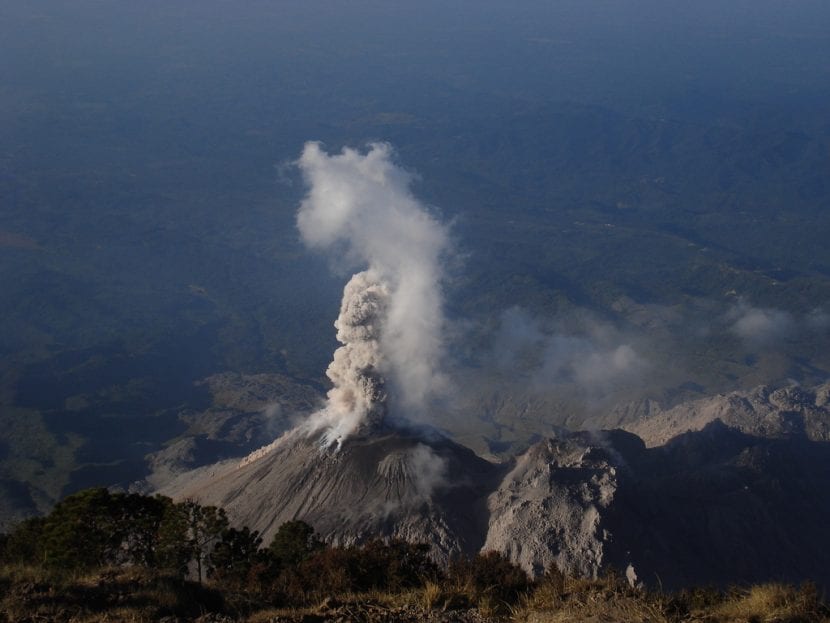
The Santa María volcano, located near the city of Quetzaltenango, in western Guatemala, measures 3772 meters. Although it is in a region with a tropical climate, due to its height it can appear covered with snow. The most violent eruption was in 1902, which killed XNUMX people..
On April 18 of that year, a strong earthquake destroyed the city of Quetzatenango, and on October 24 the volcano expelled about 5,5 km3 of magma. The explosion was so intense that volcanic ash was detected even in San Francisco, more than 4.000km away.
ulawun
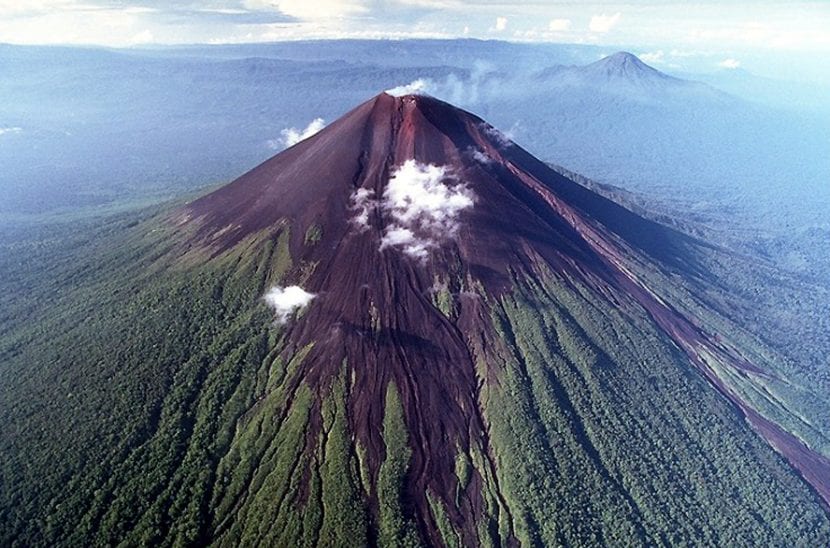
Image - Travel Tourism Blog
The Ulawun volcano, which has a height of 2334 meters, is located on the island of New Britain, in the Bismarck archipelago (Papua New Guinea), has recorded a total of 18 eruptions since the 22th century, the first of them was in 1700.
Are there active volcanoes in Spain?
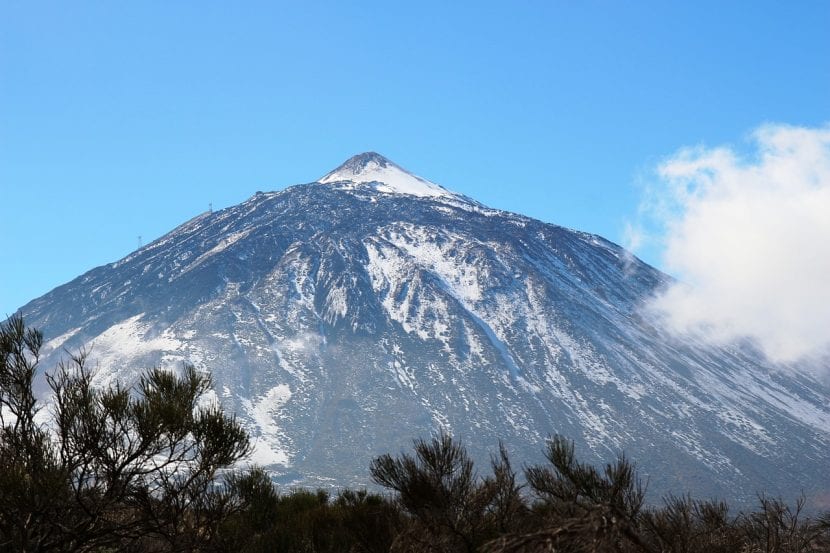
Teide volcano, in Tenerife
Although in Spain there are several volcanoes, such as Santa Margarita (Olot), the volcanic Cone of Calatrava, or the volcanic rocks of Cabo de Gata, the Canary archipelago has a higher risk for being of volcanic origin. There are the Teide volcano (Tenerife) and the Teneguia volcano (La Palma island), as well as an underwater volcano near El Hierro as we have mentioned before.
Still, At the moment there is not as much danger as there is in Hawaii or Japan. El Teide erupted for the last time on November 18, 1909, and Teneguia in 1971. And El Hierro caused no damage.
Do you know of other volcanoes that are currently active?
CURRENT LIST OF ACTIVE VOLCANOES (WITH CURRENT AND / OR NEXT RISKS) -2.017-
Europe and the Atlantic Ocean:
• Stromboli (Eolian Islands, Italy)
• Etna (Sicily, Italy)
• Sete Cidades (Azores, Portugal)
• Campi Flegrei (Flegrean Fields) (Italy)
Iceland:
• Kverkfjöll (East Iceland)
• Katla (South Iceland)
• Askja (central Iceland)
• Bárdarbunga (central Iceland)
• Grímsvötn Volcano (Iceland)
• Hekla (Iceland)
Africa and Indian Ocean:
• Ear (Australia, southern Indian Ocean)
• Ol Doinyo Lengai (Tanzania)
• Erta Ale (Danakil depression, Ethiopia)
• Barren Island (Indian Ocean)
• Nyiragongo (DRCongo)
• Piton de la Fournaise (La Réunion)
• Nyamuragira (DRCongo)
Indonesia:
• Sinabung (Sumatra, Indonesia)
• Dukono (Halmahera, Indonesia)
• Ibu (Halmahera, Indonesia)
• Gamalama (Halmahera, Indonesia)
• Semeru (East Java, Indonesia)
• Awu (North of Sulawesi and the Sangihe Islands, Indonesia)
• Karangetang (Siau Island, Sangihe Islands, Indonesia)
• Lokon-Empung (North Sulawesi, Indonesia)
• Rinjani (Lombok, Indonesia)
• Sangeang Api (Indonesia)
• Bromo (East Java, Indonesia)
• Batu Tara (Probe Islands, Indonesia)
• Merapi (Central Java, Indonesia)
• Krakatoa (Sunda Strait, Indonesia)
• Kerinci (Sumatra, Indonesia)
• Marapi (Western Sumatra, Indonesia)
• Gamkonora (Halmahera, Indonesia)
• Soputan (North Sulawesi, Indonesia)
• Makian (Halmahera, Indonesia)
• Iya (Flores, Indonesia)
• Ebulobo (Flores, Indonesia)
• Egon (Flores, Indonesia)
• Lewotobi (Flores, Indonesia)
• Paluweh (off Flores Island, Indonesia)
• Papandayan (West Java, Indonesia)
• Tangkubanparahu (West Java, Indonesia)
• Banda Api (Banda del Mar, Indonesia)
• Slamet (Central Java, Indonesia)
Aleutian Islands, Alaska and North America:
• Bogoslof (United States, Aleutian Islands)
• Fort Selkirk (Canada)
• Pavlov (Alaska Peninsula, United States)
• Cleveland (Aleutian Islands, Alaska)
• Semisopochnoi (United States, Aleutian Islands)
Mexico, Central America and the Caribbean:
• Popocatépetl Volcano (Central Mexico)
• Santa María / Santiaguito (Guatemala)
• Fire (Guatemala)
• Pacaya (Guatemala)
• Masaya (Nicaragua)
• Poas (Costa Rica)
• Colima (Western Mexico)
• Soufriere Hills (Montserrat, West Indies (UK))
• San Miguel (El Salvador)
• Telica (Nicaragua)
• Cerro Negro (Nicaragua)
• Momotombo (Nicaragua)
• Rincon de la Vieja (Costa Rica)
• Turrialba (Costa Rica)
• San Cristóbal (Nicaragua)
• Concepción (Nicaragua)
South America:
• Villarrica (Central zone of Chile)
• Sangay (Ecuador)
• Sabancaya (Peru)
• Reventador (Ecuador)
• Nevado del Ruiz (Colombia)
• Chaitén (Southern Chile and Argentina, South America)
• Llaima (Central Chile and Argentina, South America)
• Copahue (Chile / Argentina)
• Nevados de Chillán (Central zone of Chile)
• Lascar (Northern Chile)
• Ubinas (Peru)
• Tungurahua (Ecuador)
• Santa Isabel (Colombia)
• Machin (Colombia)
• Nevado del Huila (Colombia)
• Sotará (Colombia)
• Galeras (Colombia)
• Cumbal (Colombia)
• Cerro Negro de Mayasquer (Colombia)
• Cayambe (Ecuador)
• Hudson (Southern Chile and Argentina, South America)
• Calbuco (Southern Chile and Argentina, South America)
• Laguna del Maule (Central zone of Chile)
• Tupungatito (Central Chile and Argentina, South America)
• Guallatiri (Northern Chile, Bolivia and Argentina, South America)
• Cotopaxi (Ecuador)
• Guagua Pichincha (Ecuador)
Other regions:
• Erebus (Antarctica)
• Bristol Island (It is United Kingdom, South Sandwich)
• Michael (It's UK, South Sandwich)
• Zavodovski (South Sandwich Islands (UK))
• Siple (Marie Byrd Land, Western Antarctica)
Pacific Ocean:
• Kilauea (Hawaii)
• Bagana (Bougainville Island, Papua New Guinea)
• Langila (New Britain, Papua New Guinea)
• Manam (Papua New Guinea)
• Yasur (Tanna Island, Vanuatu)
• Lopevi (Vanuatu)
• Ambrym (Vanuatu)
• Ulawun (New Britain, Papua New Guinea)
• Karkar (Northeast of New Guinea, Papua New Guinea)
• White Island (New Zealand)
• Aoba (Vanuatu)
• Mauna Loa (Big Island, Hawai'i)
• Loihi (United States, Hawaiian Islands)
• Rabaul (Tavurvur) (New Britain, Papua New Guinea)
• Ruapehu (North Island, New Zealand)
• Tongariro (North Island, New Zealand)
• Macdonald (Austral Islands,)
• Suretamatai (Banks Islands, Vanuatu)
• Tinakula (Santa Cruz Islands, Solomon Islands)
Ring of Fire (Kuril Islands to the Philippines):
• Shiveluch (Kamchatka)
• Kliuchevskii (Kamchatka)
• Chirinkotan (Northern Kuriles, Russia)
• Sakurajima (Kyushu, Japan)
• Suwanose-jima (Ryukyu Islands, Japan)
• Nishino-shima (Volcano Islands, Japan)
• Bezymianny (Central Depression of Kamchatka, Kamchatka)
• Karymsky (Kamchatka)
• Zhupanovsky (Kamchatka, Russia)
• Ebeko (Paramushir Island, Kuril Islands)
• Chikurachki (Paramushir Island, Kuril Islands)
• Chirpoi (Kuril Islands, Russia)
• Niigata-Yake-yama (Honshu, Japan)
• ASO (central Kyushu, Japan)
• Bulusan (Luzon Island, Philippines)
• Canlaon (Central Philippines, Philippines)
• Gorelii (Southern Kamchatka)
• Sinarka (Central Kurile islands, Russia)
• Ketoi (Kuril Islands, Russia)
• Medvezhia (Kuril Islands, Russia)
• Grozny (Iturup Island, Kuril Islands)
• Tokachi (Hokkaido, Japan)
• Akan (Hokkaido, Japan)
• Akita-Komaga-take (Honshu, Japan)
• Zao (Honshu, Japan)
• Azuma (Honshu, Japan)
• Kusatsu-Shirane (Honshu, Japan)
• Asama (Honshu, Japan)
• Ontake-san (Honshu, Japan)
• MT Fuji (Honshu, Japan)
• Hakone (Honshu, Japan)
• A-shima (Izu Islands, Japan)
• Miyake-jima (Izu Islands, Japan)
• Kirishima (Kyushu, Japan)
• Kikai (Ryukyu Islands, Japan)
• Kuchinoerabu-jima (Ryukyu Islands, Japan)
• Iwo-Tori-shima (Ryukyu Islands, Japan)
• Taal (Luzon, Philippines)
• Mayon (Luzon Island, Philippines)
= large eruption = eruption = less activity / eruption alert = disturbances
(SCALES)